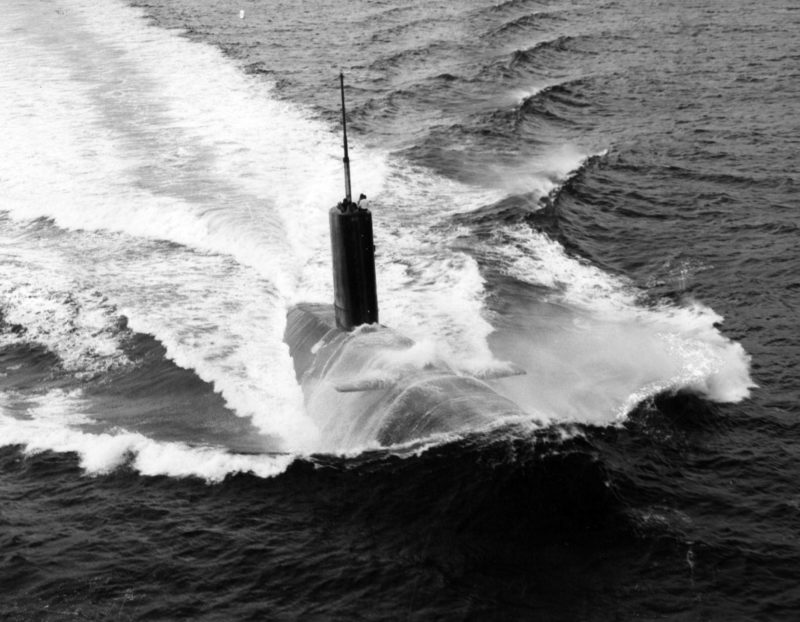
While massed tank formations faced each other across the plains of Central Europe during the NATO versus Warsaw Pact contest in the Cold War, the most dangerous zone of confrontation was in reality under, on and above the sea.
For it was there that fully-armed combatants – submarines, surface warships and patrol aircraft – from both sides constantly operated in close proximity to each other. It is therefore surprising that the maritime forces of the United Kingdom – who risked their lives on a daily basis across four decades to deter the Soviet threat – do not have their own dedicated museum for visitors to gain an insight into those perilous times.
Now a proposal for a Cold War Museum and maritime heritage attraction has surfaced at Devonport, Plymouth in the south-west of England. It will aim to present the story of the Royal Navy’s intrepid submariners, alongside revealing how surface warships played their part and the Royal Air Force via its legendary Nimrod and Shackleton patrol aircraft. The role of Royal Marine Commandos who endured the frozen wastes of NATO’s northern flank will be explained, along with the exploits of helicopter crews engaged in supporting them and operating from warships.
In addition, the proposed attraction will aspire to tell the story of western Europe’s largest and most strategically important naval base and dockyard through the centuries. This stretches from building the sailing warships that took on and defeated Napoleon, to constructing steel dreadnoughts that saw combat in WW1 and WW2, through acting as the main home for the frigates that held the line against the might of the Red Navy. It is an epic tale with a cast of thousands that stretches to Devonport’s continuing key role in today’s national defence.
As the home to nuclear-powered submarines during the Cold War, the naval base and dockyard at Devonport sent them off on top secret missions into hostile Arctic and Baltic seas to gather intelligence, in order to prevent Armageddon. Devonport was therefore absolutely fundamental to Britain’s role in the Cold War.
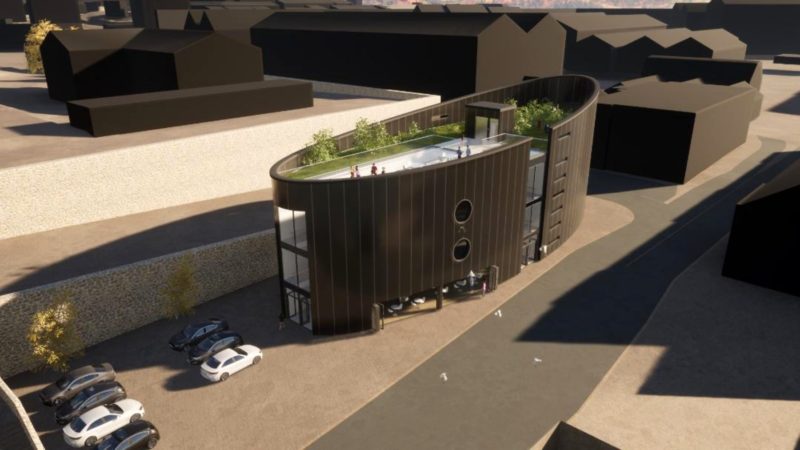
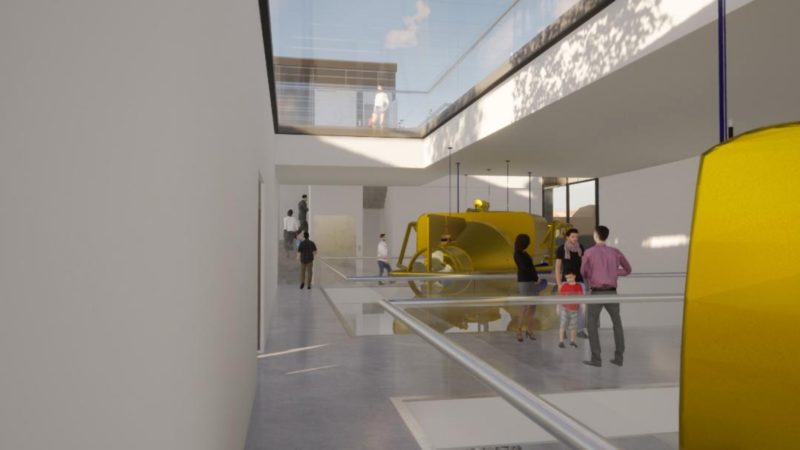
In order to provide visitors with an opportunity for an immersive experience that takes them back to that era, it is hoped the preserved nuclear submarine Courageous will be a major part of the new museum. Going aboard the Courageous will enable people to understand how submariners lived for weeks at a time without seeing the outside world, hundreds of miles from their loved ones – carrying out dangerous missions.
However, the scope of the museum will, in addition to telling the broader story of the Cold War at sea, aim to look at how cutting-edge undersea science and technologies past, present and future continue to play a major role in national defence, along with expanding the boundaries of research and exploration to preserve the wonders of the deep.

Rear Admiral John Weale, a former head of the Submarine Service, who began his career at sea during the Cold War – serving in and later commanding Devonport-based vessels – is spearheading the effort to establish the new museum. It will be located in the current heritage area of the dockyard and the first step is to explore the practicalities of making it all happen.
“A paper was submitted recently to the National Museum of the Royal Navy, recommending the permanent preservation of Courageous as an exhibit in Devonport dockyard,” explained Rear Admiral Weale. “This is not, however, just about a single historic submarine but the creation of a place where the story of technology during the Cold War can be told through the roles played by submarines, the surface fleet and aircraft.
“The Museum, with Courageous at its core, would explore the wider theme of nuclear power at sea in submarines and display relevant artefacts, photos and personal stories with a library and archive for future reference.”
According to its mission statement, the project will also aim to ‘explain the challenges of technology at and under the sea’ along with ‘the relevance of nuclear-powered submarines and the Royal Navy in the 21st Century.’ With Devonport Dockyard currently handling refitting the nuclear-powered submarines of the Royal Navy – both Trident missile and attack boats (a complex and highly challenging task) – the new museum will aim to highlight the importance of nuclear engineering, technology and education in SW England.
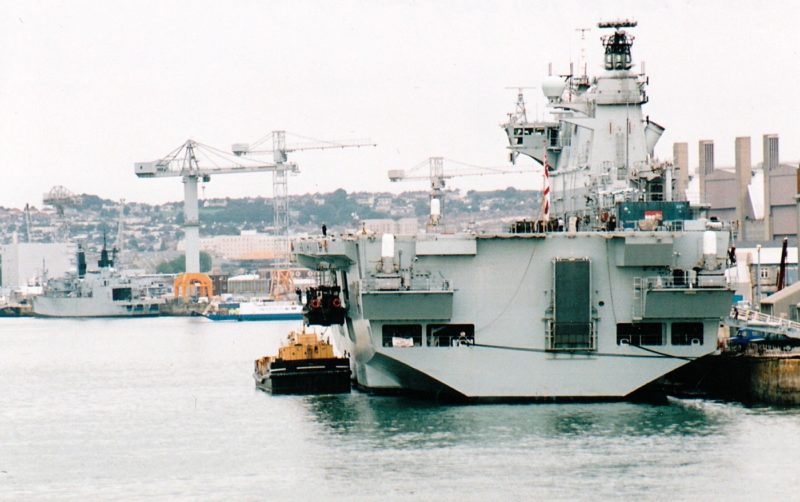
Plymouth and its surrounding region is not traditionally seen as a powerhouse of cutting-edge engineering, but it has been so for many years. Therefore, among the other objectives of the project will be promoting the city of Plymouth and its Oceansgate City project, which aims to use parts of the massive naval dockyard given to the community by the UK Ministry of Defence (MoD) since the end of the Cold War.
Oceansgate will create what it calls ‘a world-class hub for marine industries, with opportunities for research, innovation and production in a collaborative environment.’ Some three decades on from the end of the Cold War the proposed museum will seek to do its bit to help regenerate the city, and help it chart a course into the future.
- How to help the project’s ‘speed of advance’: The first phase of the project is to complete a rigorous feasibility study in 2021, in order to determine practicality, costs and timelines.
To deliver this will cost an estimated £40,000. “Every contribution, great or small, will help us make this ambition real,” according to Rear Admiral Weale.
Anyone wishing to donate can do so via this Crowd Funding link https://www.justgiving.com/crowdfunding/hmscourageous
The Feasibility Study Fund is managed by the Royal Navy Royal Marines Charity – Submarine Fund (RNRMC-SMF). Should there be a surplus left in the fund after commissioning the Feasibility Study it will be donated to the Submarine Memorial Fund.

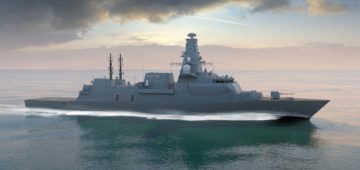


Comments
Sorry, comments are closed for this item